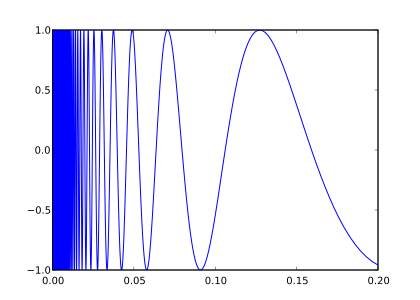
Back طوبولوجيا عامة Arabic Topoloxía xeneral AST Обща топология Bulgarian Topologia general Catalan Mengentheoretische Topologie German Γενική τοπολογία Greek Topología general Spanish Üldtopoloogia Estonian Topologia orokor Basque توپولوژی عمومی Persian

In mathematics, general topology (or point set topology) is the branch of topology that deals with the basic set-theoretic definitions and constructions used in topology. It is the foundation of most other branches of topology, including differential topology, geometric topology, and algebraic topology.
The fundamental concepts in point-set topology are continuity, compactness, and connectedness:
- Continuous functions, intuitively, take nearby points to nearby points.
- Compact sets are those that can be covered by finitely many sets of arbitrarily small size.
- Connected sets are sets that cannot be divided into two pieces that are far apart.
The terms 'nearby', 'arbitrarily small', and 'far apart' can all be made precise by using the concept of open sets. If we change the definition of 'open set', we change what continuous functions, compact sets, and connected sets are. Each choice of definition for 'open set' is called a topology. A set with a topology is called a topological space.
Metric spaces are an important class of topological spaces where a real, non-negative distance, also called a metric, can be defined on pairs of points in the set. Having a metric simplifies many proofs, and many of the most common topological spaces are metric spaces.
© MMXXIII Rich X Search. We shall prevail. All rights reserved. Rich X Search